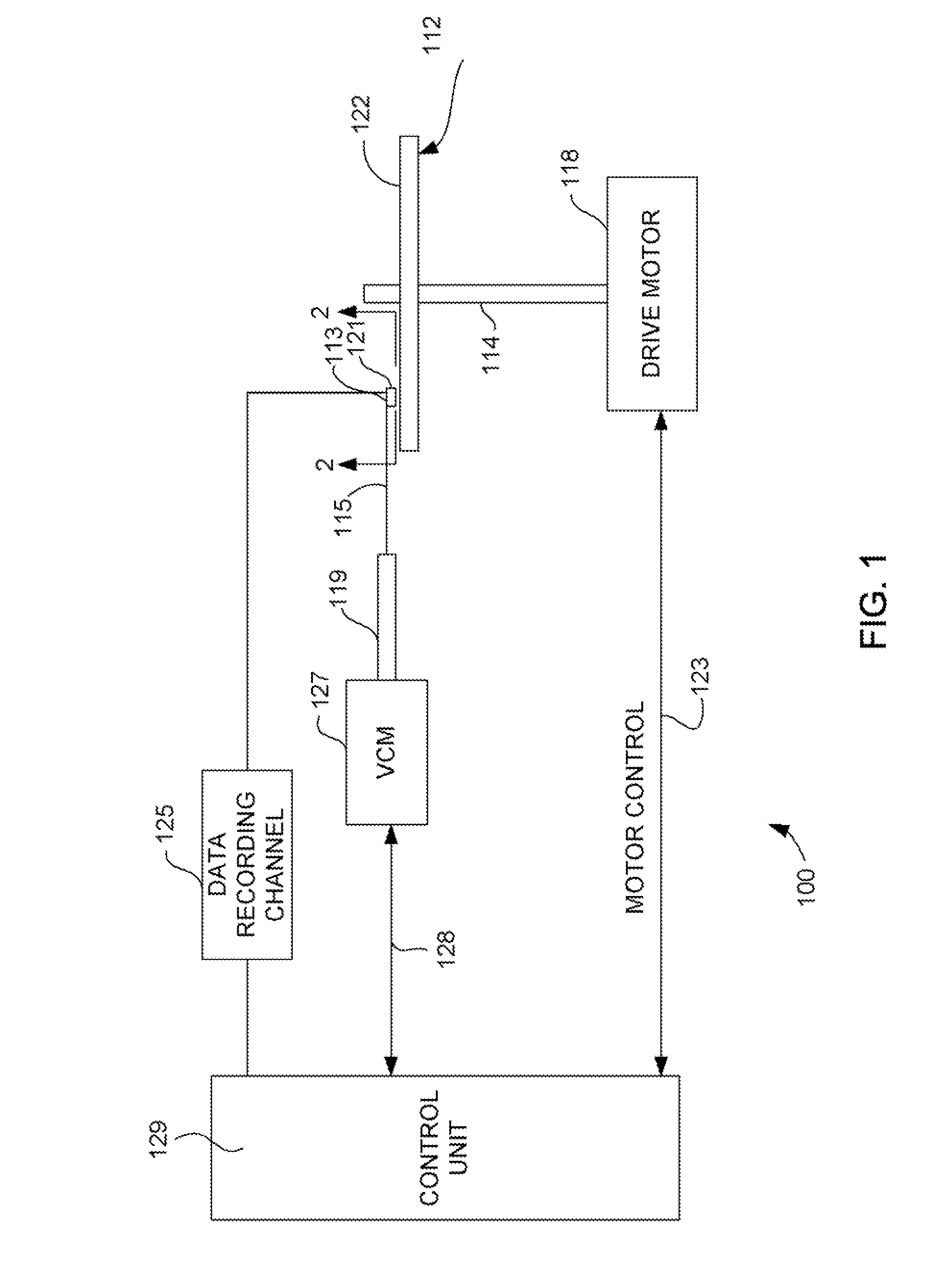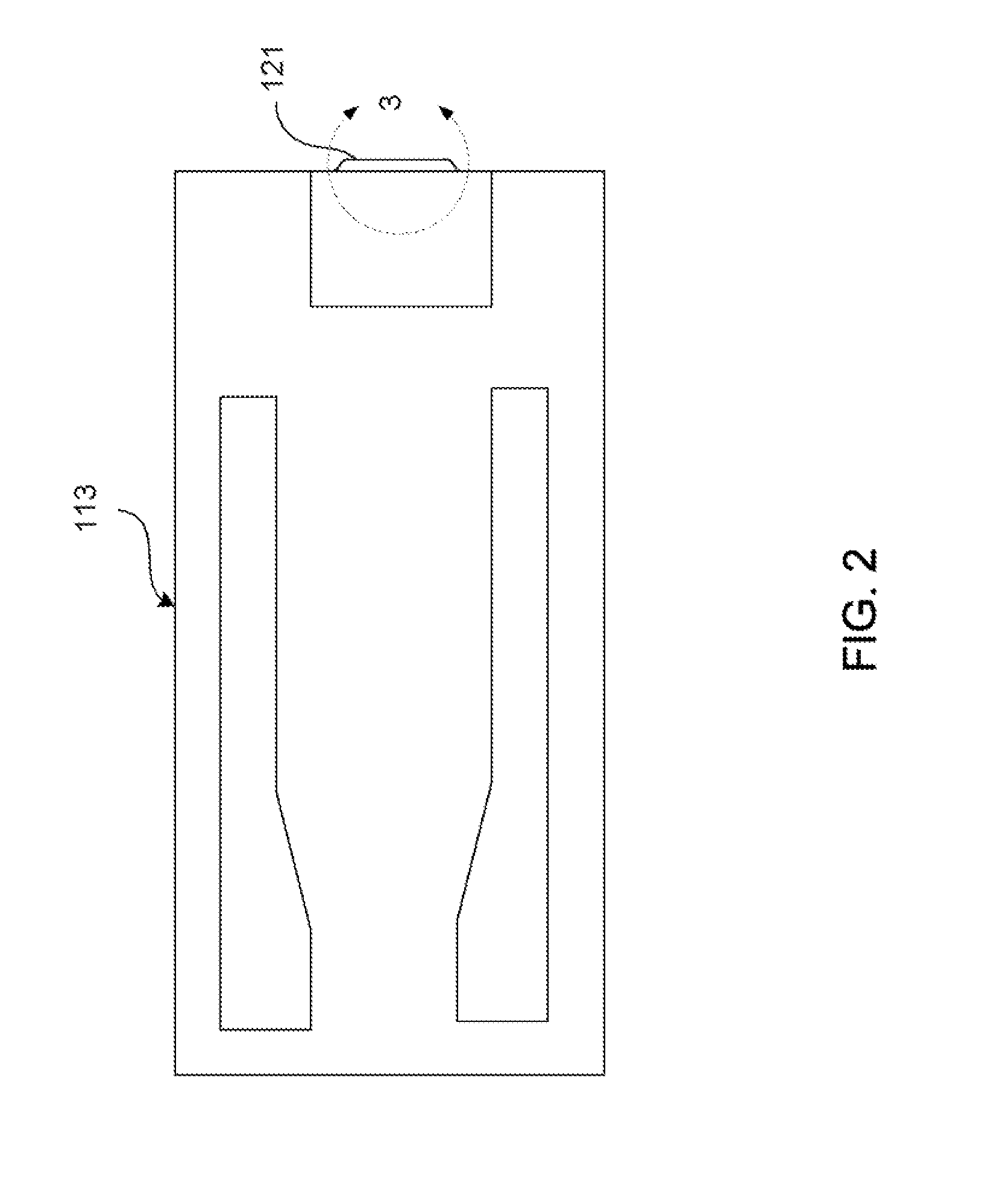Current-perpendicular-to-plane sensor with dual keeper layers
a sensor and perpendicular-to-plane technology, applied in the field of current perpendicular-to-plane sensor with dual keeper layers, can solve the problems of reducing the strength of antiparallel coupling when applied to the surface, deteriorating microstructural effects, and destroying the desired unidirectional anisotropy, so as to achieve the effect of maximizing the tmr
- Summary
- Abstract
- Description
- Claims
- Application Information
AI Technical Summary
Benefits of technology
Problems solved by technology
Method used
Image
Examples
Embodiment Construction
[0024]The following is a description of various embodiments presently contemplated for carrying out this invention. This description is made for the purpose of illustrating the general principles of this invention and is not meant to limit the inventive concepts claimed herein.
[0025]Referring now to FIG. 1, there is shown a magnetic disk drive 100 embodying this invention. As shown in FIG. 1, at least one rotatable magnetic disk 112 is supported on a spindle 114 and rotated by a disk drive motor 118. The magnetic recording is performed on each magnetic disk 112.
[0026]At least one slider 113 is positioned near the magnetic disk 112, each slider 113 supporting write and read heads 121. As the magnetic disk 112 rotates, the slider 113 moves radially in and out over the disk surface 122 so that the write and read heads 121 may access different tracks of the magnetic disk 112. Each slider 113 is attached to an actuator arm 119 by way of a suspension 115. The suspension 115 provides a sli...
PUM
| Property | Measurement | Unit |
|---|---|---|
| thickness | aaaaa | aaaaa |
| thick | aaaaa | aaaaa |
| thick | aaaaa | aaaaa |
Abstract
Description
Claims
Application Information
 Login to View More
Login to View More - R&D
- Intellectual Property
- Life Sciences
- Materials
- Tech Scout
- Unparalleled Data Quality
- Higher Quality Content
- 60% Fewer Hallucinations
Browse by: Latest US Patents, China's latest patents, Technical Efficacy Thesaurus, Application Domain, Technology Topic, Popular Technical Reports.
© 2025 PatSnap. All rights reserved.Legal|Privacy policy|Modern Slavery Act Transparency Statement|Sitemap|About US| Contact US: help@patsnap.com



